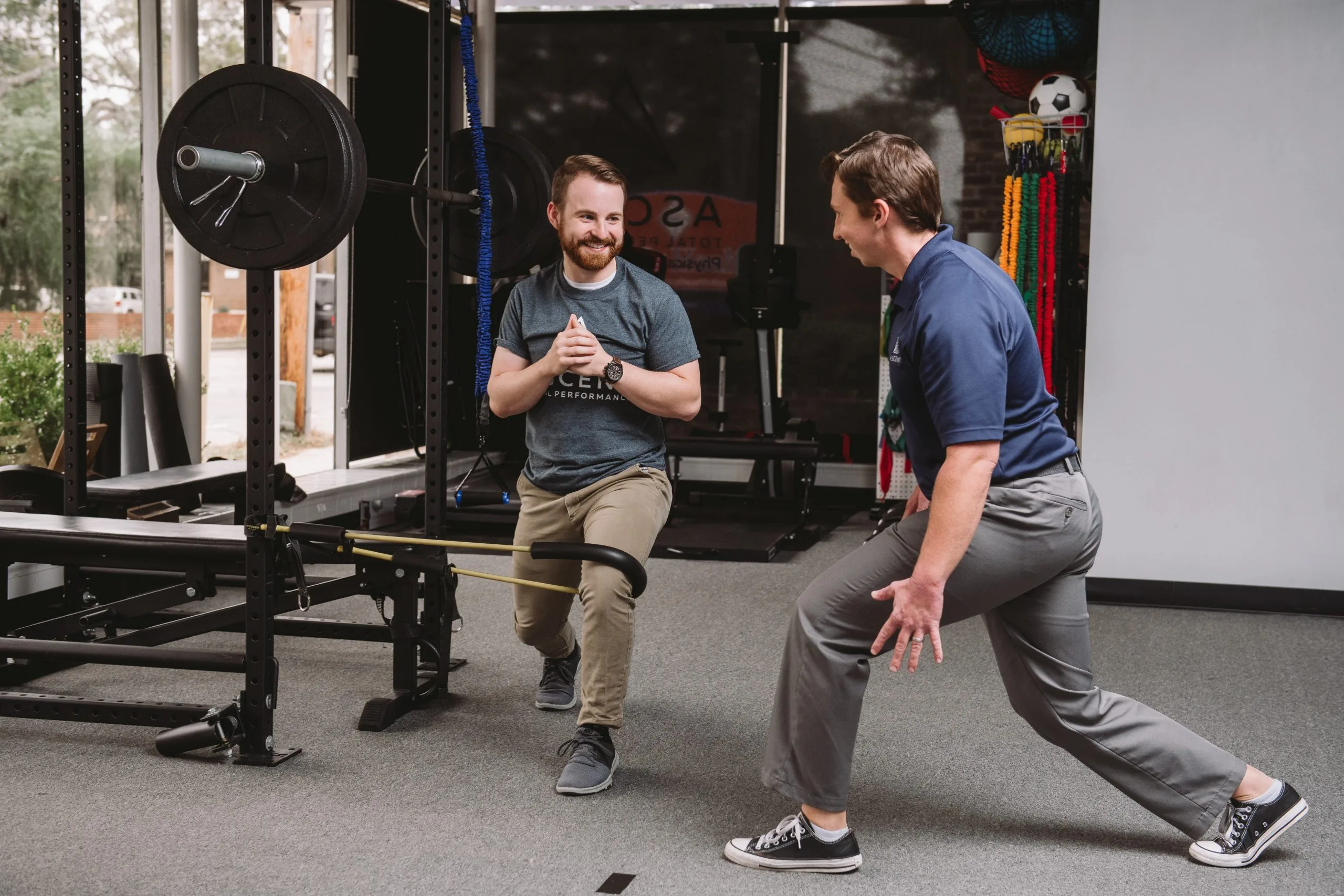It’s all too common: out of nowhere you get a nagging pain in the foot (literally). A quick Google search reveals a condition called “plantar fasciitis”, but what does that mean? Well, here is a good place to start.
What Is It?
The American Academy of Orthopedic Surgeons describes the plantar fascia as “a long, thin ligament that lies directly beneath the skin on the bottom of your foot”. I personally describe it to patients as a long “spring” that runs from your heel to your toes, and helps support the arch of your foot. The “itis” part of plantar fasciitis just means inflammation and irritation, hence the pain.

Typically, most people experience this pain along the instep and arch of the foot, very commonly worst right at the base of the heel. It is usually at its worst with your first steps in the morning, sometimes easing up with gentle movement but can worsen with prolonged walking or standing for extended periods of time.
How Does it Happen?
The most common cause of plantar fasciitis is a significant increase in walking or running over a very short period of time, or changing footwear too drastically.
For example, we see this condition in the early summer months after people start going to the beach. Walking longer distances, especially on sand, and in flip flops is a lot of change for the muscles and ligaments that support the feet. Flip flops and sandals can also shorten your stride length, and limit how much natural stretch your feet are accustomed to getting by your normal walking.
Another cause of this pain can be stiffness of the big toe. Your big toe is meant to “extend”, or bend back toward your shin, by about 70 degrees. This toe can often become stiff, meaning that your plantar fascia deals with an increased amount of stress and stretch during each step of your gait. If this goes on too long, or you increase your walking distance too fast, this can cause pain in the foot and heel.
How do I fix it?
Many people have been told to use various objects to massage the bottom of the foot, such as a golf ball, lacrosse ball or a frozen water bottle. This can be beneficial for calming down pain, however, it is often not enough to cause long-lasting change that will get you back to full capacity pain free.
I always recommend at least 3 easy exercises to start working on this annoying pain.
Big Toe Extension Stretching
If you can sit cross-legged, that is a great start. Gently pull the big toe back toward your shin, only until you get a stretch in the toe or foot. Alternatively, you can do this standing by gently lifting your foot up
Toe Yoga
This is a great way to start strengthening the muscles inside the feet, which help support the arch and take stress off of the plantar fascia. These will likely be challenging, but give them a go!
“Windlass” Heel Raises (seated or standing)
In order to make long-lasting improvement, we need to strengthen and stretch the bottom of the foot – this exercise helps accomplish both of those goals.
Roll up a towel and place it under your toes, so that the ball of your foot is still touching the ground. Perform a heel raise, with enough weight placed on the foot that you feel a light or gentle stretch in the foot. If you are doing this sitting down and don’t feel any stretch at all, progress to standing with some of your body weight on that foot. The goal is to lightly reproduce a stretch or discomfort in the arch of the foot, but not more than a mild pain. More is not better in this regard!
Dry Needling
There are very few conditions for which I will actively try to talk clients into trying dry needling, but plantar fasciitis is one of them. With dry needling, we use tiny micro-filament needles to target the plantar fascia and surrounding tissues in order to trigger the body’s natural healing responses. It can be a serious game-changer, with people typically responding positively within one to three sessions. Everyone is different, and there are no “magic wands”, but this has helped many people resolve chronic foot pain that they had previously been dealing with for years. Depending on your specific condition, it may be worth inquiring with a physical therapist about.
If you have been dealing with any pain or physical impairments you would like to improve, CLICK HERE to begin to Achieve Higher today!
Sean Jacobs
PT, DPT, CSCS
Sean is a Physical Therapist and Certified Strength and Conditioning Specialist at Ascent Total Performance in Columbia, South Carolina. He specializes in orthopedic conditions and sports injuries, and is passionate about helping people achieve their goals across all aspects of life.
Resources and Links:



